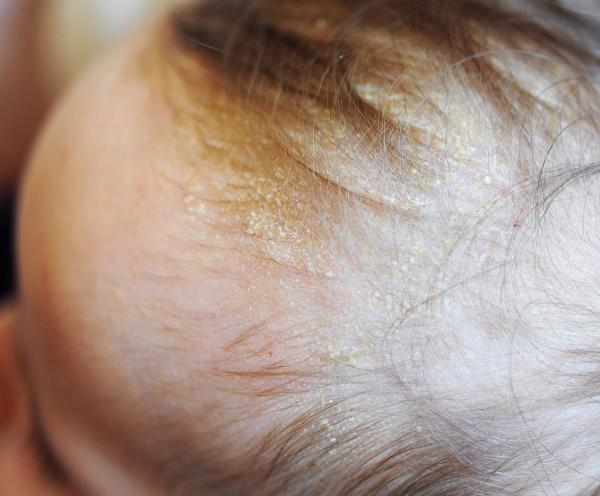Infantile Seborrheic Dermatitis
What is Infantile Seborrheic Dermatitis?
Infantile seborrheic dermatitis is a common and harmless skin condition in infants. It is characterized by greasy, yellowish or brown scaly patches on the scalp, but can also occur on the face, neck, armpits and nappy area.
We offer both video consultations for advice and consultations at our clinics to diagnose and advise on infantile seborrheic dermatitis.
Book an appointment
